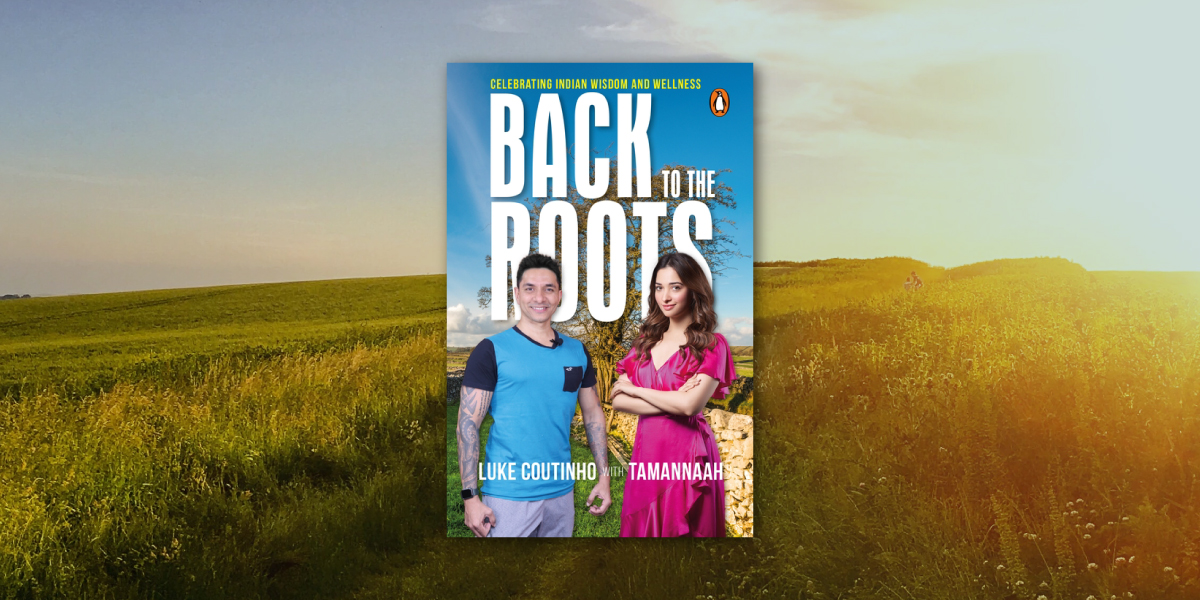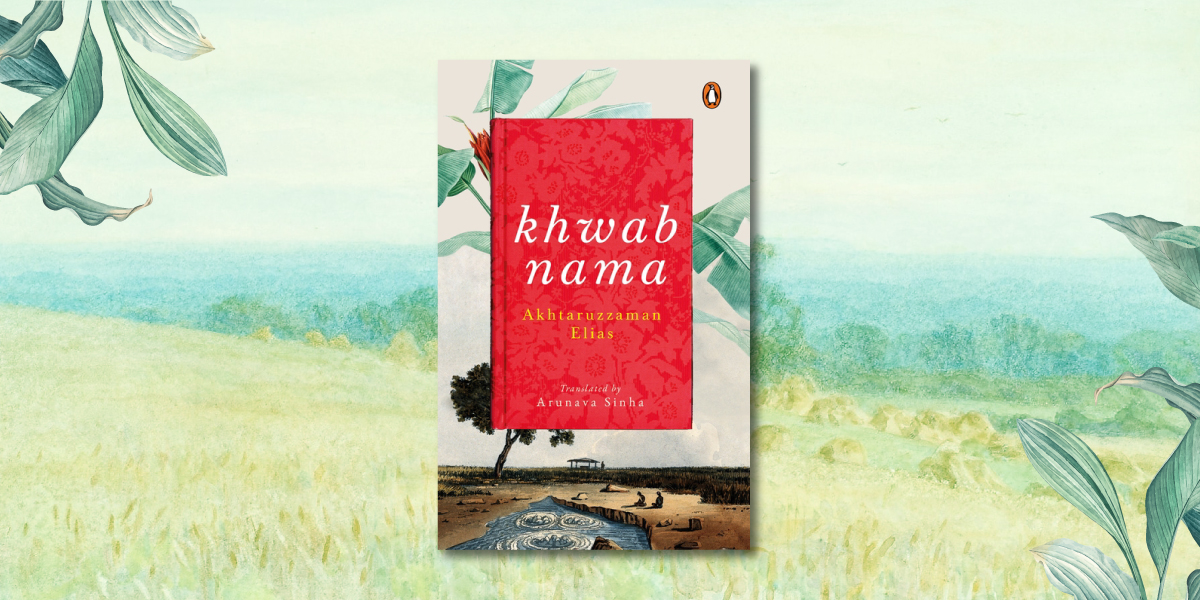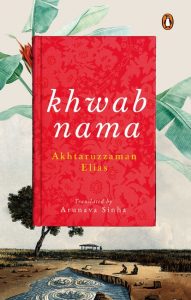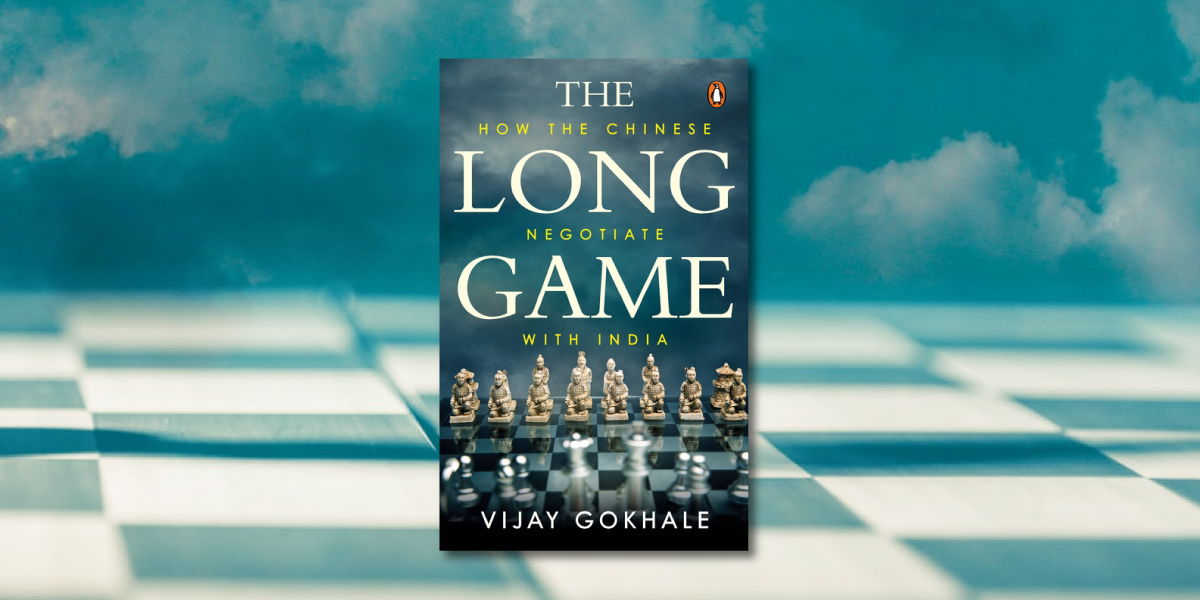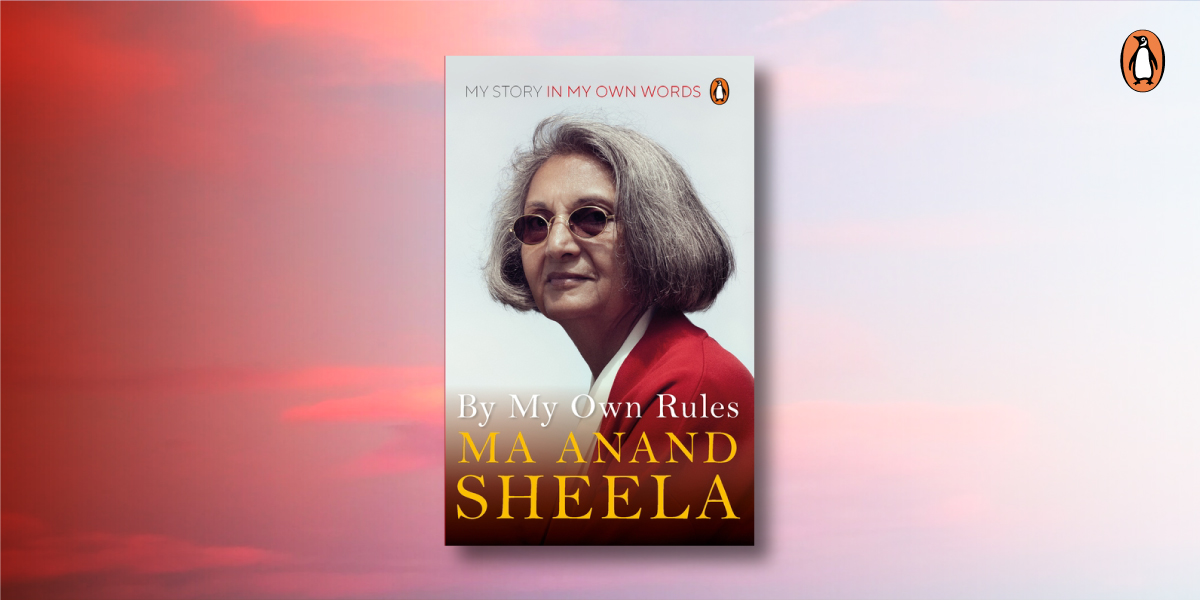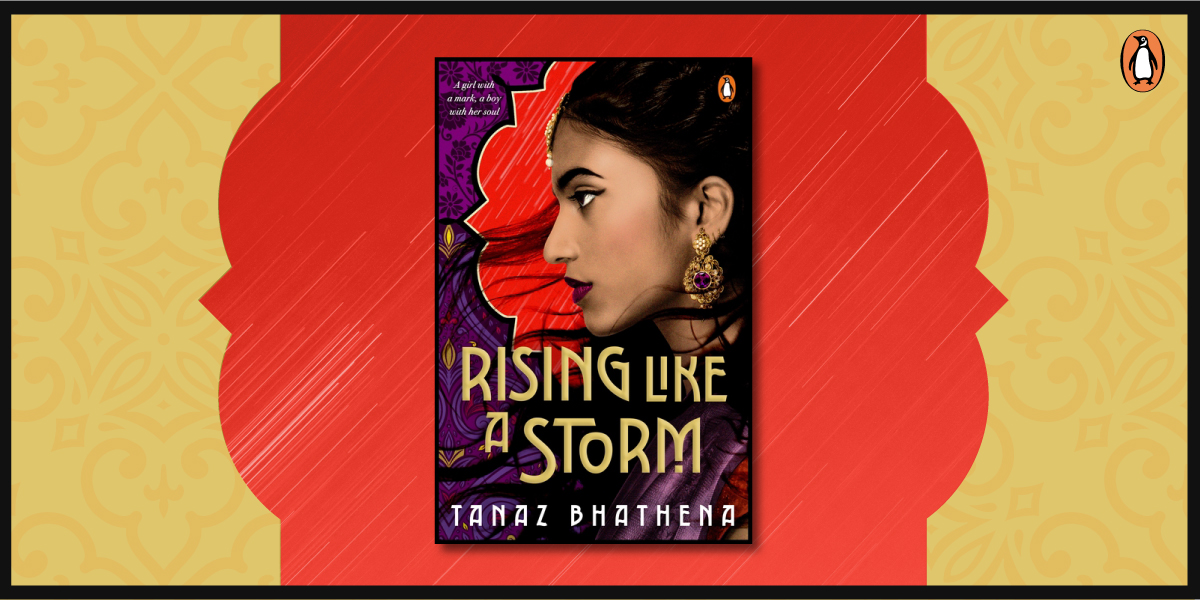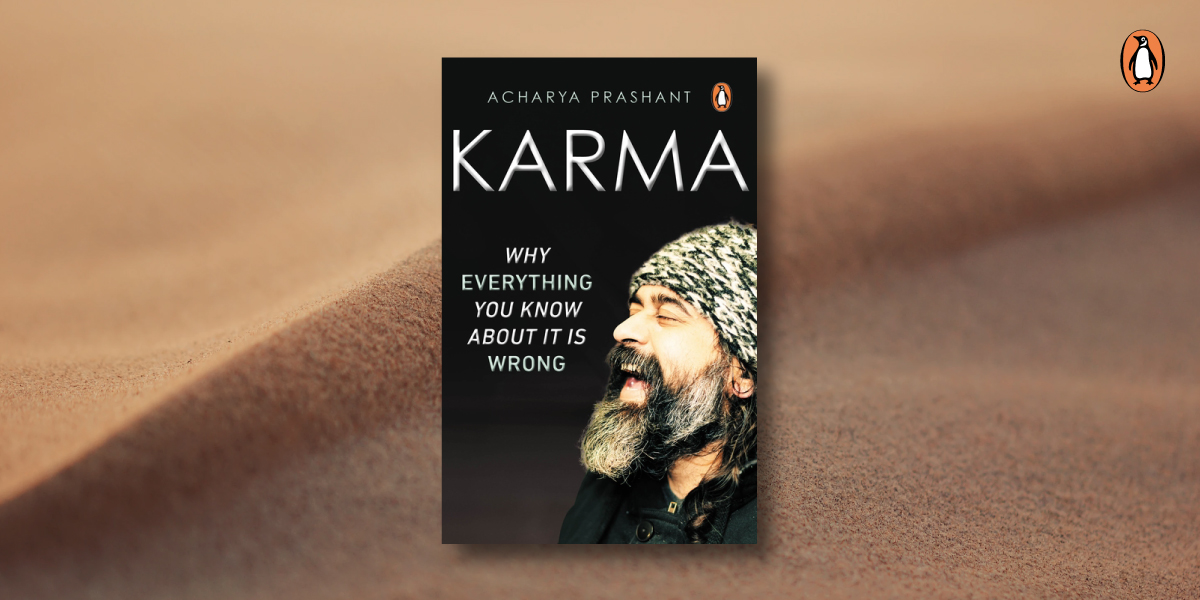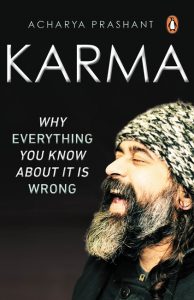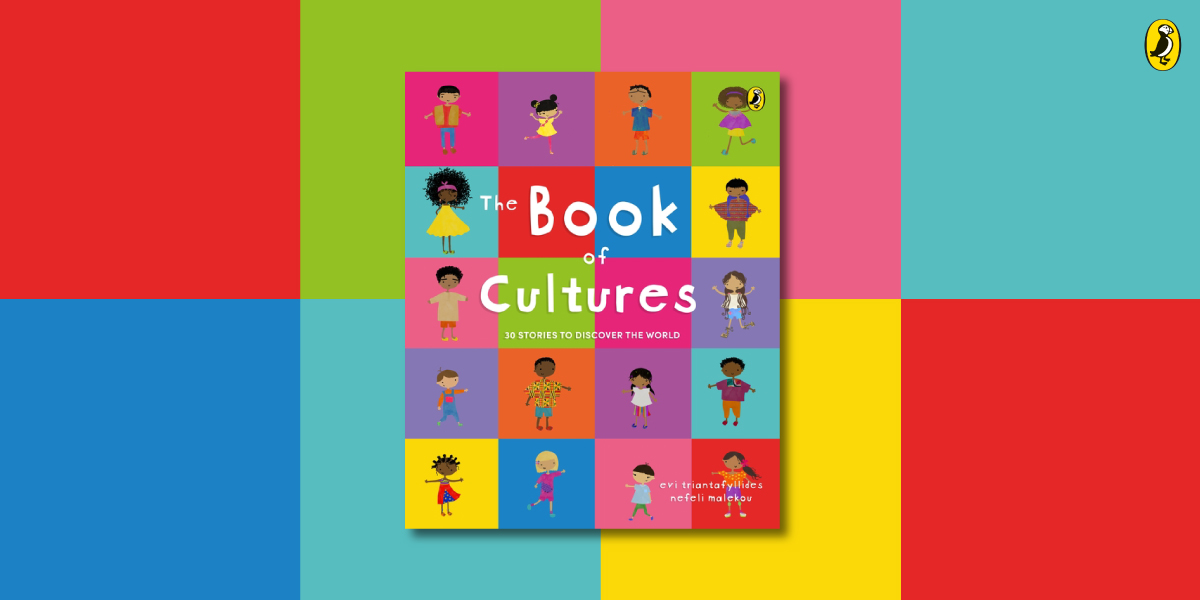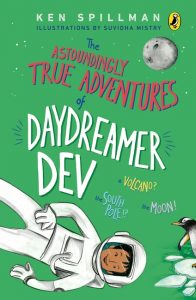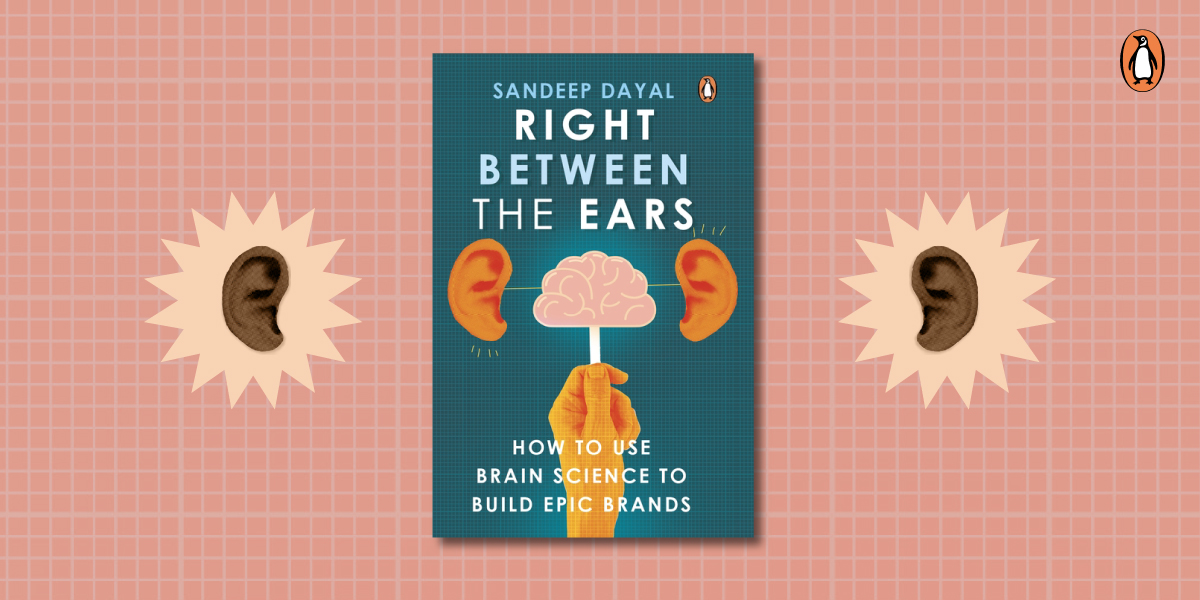Every corporate employee, or prospective employee has at some point had a traditional text resume. However, video resumes may be the little sprinkles on the cake that you need in order to spruce up your job application and get an edge over the competition. It’s not only a visually interesting, unique and innovative way of presenting your personal information and professional aspirations to recruiters, but is also a great method of showing off your personality and soft skills by using technology in the shortest possible time.
Sagarika Verma and Subir Verma explain in their book, Job Search Secrets, how video resumes are serious game changers in today’s competitive world, and they also share useful tips for making a video resume. Here’s an excerpt from the book that will help all the active job seekers.
*

A video resume (commonly known as visumé or video CV) is a new way to present your abilities. You can also use this to force-apply, by sharing your short video resume with some recruiters and people in your networks.
Most companies are adapting to the virtual way of working. Employees’ physical presence at work is reducing day by day. Interviewing candidates over the virtual medium is a low-cost hiring method for employers. As employers are becoming more comfortable with video technologies, job seekers should use them to impress prospective employers even before any actual interview. One of the best ways to do this is by making a video resume, and we recommend early adoption of technology by you to make one for yourself.
A video resume is a 60- to 120-second long video in which you, as a job seeker, can highlight your qualifications, skills, accomplishments, experience, soft skills and other relevant key points about yourself, which will encourage companies to call you for an interview.
Today, the competition for jobs being fierce, it is very difficult for your resume to get noticed during the screening process from among thousands of applications that any company receives. Just crafting a professional three-page resume will not make you stand out from the crowd.
You have to use multiple channels to reach out and get noticed by companies so that you get an interview call.
Many recruiters today prefer these resumes to the traditional paper resume, as they are able to see and hear you. Their task of initial shortlisting becomes easier. Many job sites are adopting this trend and have incorporated changes to accept video resumes.
While video resumes can be used by every job seeker, it is particularly recommended for direct customer-facing job profiles in industries like hotel and hospitality, retail, call centres, media, public relations, event management and other customer-facing roles. A video resume is a better way to showcase your charming personality and your communication and presentation skills. This can be the easiest way for you to get an interview call from a company.
A video resume should be unique, creative and professionally made. It is easy to make and can also be created at home. You also can hire a professional to make it. If you are making a video resume for the first time, then the most important thing is to prepare and practise for it. Here are some tips:
- Write a short, simple and straightforward script
Your script should be like an interesting story that anyone would like to hear. Write down your educational details, key achievements, work experience, projects and competencies that are relevant for the job in question. Keep your focus on the requirements of the job and pay more attention to the company requirements than yourself, and talk about why the company should hire you. Use simple and easy-to-understand language without any jargon. Your video must end with why you want to join the company and why the company should select you.
Ideally, the duration of your video resume should be one minute, but it can go up to two minutes.
- Look natural and do not read the resume while recording
Memorize the script, look natural, and record. If you are targeting multiple roles, then record more videos, mentioning the skills and experience relevant to the different positions you are considering. Do not be afraid to talk about your passions. Be creative and different, within professional boundaries.
- Watch out for light, background, voice speed and volume
Your background, and the light in the room, should be good so that the video is clear and looks professional. Speak slowly and clearly, and be audible. Speak just as you do in formal conversations. Look into the camera of the phone, and avoid excessive hand and eye movement. This will produce an impression that you are quite confident. The best camera angle for this would cover your face and chest while you are sitting in a chair. This position will also make you look calmer.
- Look presentable and wear formal attire
You must be presentable and well groomed. Do not wear loud clothes for the video. Muted blue is a good colour and always turns out looking good.
- How to edit your final video resume
If your video does not meet your expectation, then editing is an option. You can check the quality of your video as well as the content. If your recorded video has some fillers like ‘ok’, ‘right’, ‘ummm . . . ’, ‘ahhh . . . ’, ‘like’, you can edit them out and properly adjust the volume.
- Get feedback from your friends
Share your final video resume with a few of your friends and seniors and ask for their feedback. You might have overlooked some silly errors while making the video. Getting feedback from other people is a very important step. You can make edits and changes based on their suggestions.
**
Read Job Search Secrets to gain more insights on finding the right job and how to prepare for it.








